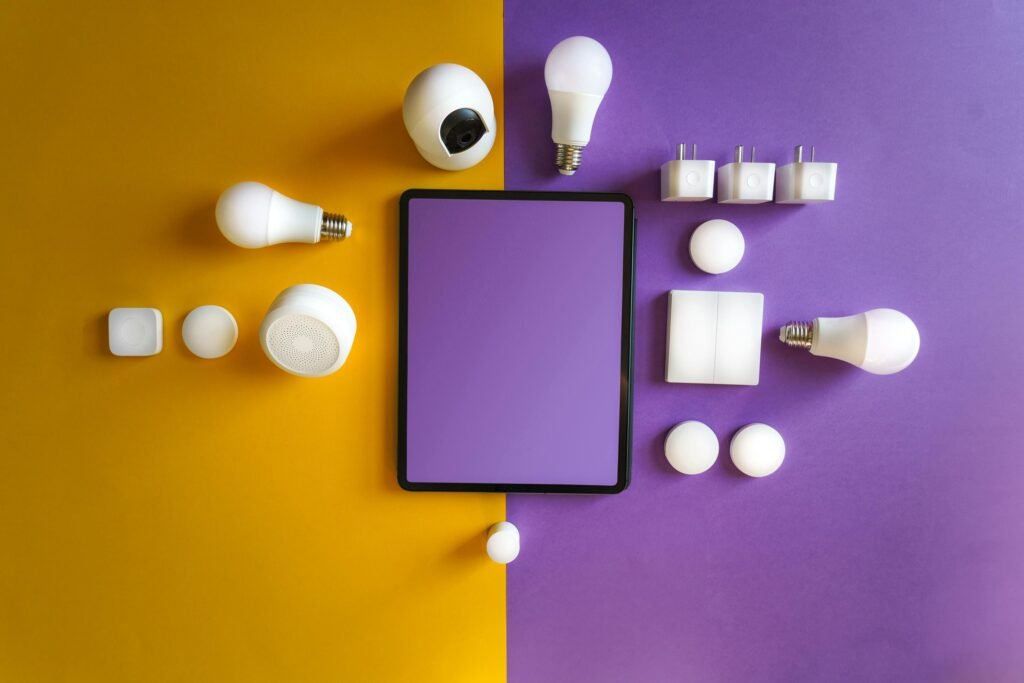Smart plugs are the easiest way to try smart home. Choose the right amp rating, decide if you want energy monitoring, and you can automate half your routine in one evening.
Some links may be affiliate; you pay the same price, and our picks remain independent.
Quick Picks
- Best Indoor Basic: 10–15A Wi-Fi smart plug (no hub).
- Best with Insights: 15A plug with energy monitoring (see what costs what).
- Best Outdoor: Weather-resistant (IP44+) outdoor smart plug with two outlets.
How to Choose (Checklist — comparison)
| Criteria | Indoor Basic (10-15A) | Energy Monitoring (15A) | Outdoor (IP44+) |
| Max load | 10 – 15A | ✓15A | ✓15A |
| Energy monitoring | – | ✓Built-in | – |
| Schedules/Timers | ✓ | ✓ | ✓ |
| Voice/Assistant | ✓ | ✓ | ✓ |
| Weather resistance | – | – | ✓ IP44+ |
| Compact size | ✓ Smallest | Medium | Bulky |
| Best use | Lamps, fans | High-use devices; cost tracking | Patio, holiday lights |
Safety note: Avoid using smart plugs with space heaters or appliances that exceed the rated amps.
7 Practical Automations (no hub)
- Wake-up lamp: turn on 10 min before alarm.
- Bedtime lamp: dim/off at a set time.
- Away mode: randomize lamp in evenings.
- Fan timer: auto-off after 30–60 minutes.
- Aquarium pump (early morning): short timed run.
- Humidifier block: run only when humidity < target (if app supports).
- Holiday lights: sunset → off at midnight (outdoor plug).
Network & Setup Tips
- Pair on 2.4GHz Wi-Fi; name by room + device (“BR Lamp”).
- Check time zone and DST settings to keep schedules correct.
- Update firmware before you rely on automations.
Common Mistakes
- Overloading the plug’s amp rating.
- Hiding the plug behind metal/inside cabinets (weak Wi-Fi).
- Forgetting to disable a device’s physical timer when the smart schedule takes over.
Quick Checklist (copy & go)
☐ 15A rating for heavier loads.
☐ Energy monitoring if you want usage insights.
☐ Outdoor model (IP44+) for exterior use.
☐ 2.4GHz pairing; clear device names.
☐ Test automations for a full day.
